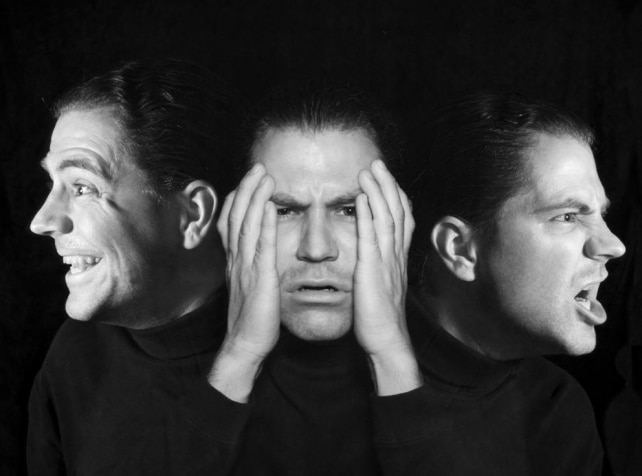This blog is for informational purposes only. It does not, nor is it intended to, replace working with a mental health or medical provider. Please contact your mental health or medical professionals when addressing mental and medical health concerns. If you do not have a mental health provider, please reach out to a member of our team, seek a therapist through our referral network, or find one through a therapy directory.
-
Understanding Insomnia: Causes, Impact, and Pathways to Restful Sleep

We will now examine evidence based treatments for Insomnia. Evidence-Based Treatments for Insomnia The good news: insomnia is highly treatable. Many people regain healthy sleep without medication, especially with the right therapeutic support. CBT-I is considered the gold standard treatment.…
-
Understanding Insomnia: Causes, Impact, and Pathways to Restful Sleep

We’ve all experienced a restless night or two — tossing, turning, watching the clock tick past midnight. But for many people, insomnia becomes more than an occasional frustration. It can turn into a persistent struggle that affects mood, energy, and…
-
Understanding Bipolar I and Bipolar II: Key Differences Explained by a Therapist

In this month’s blog post we will look more closely at the distinctions between Bipolar I Disorder and Bipolar II Disorder. Both fall under the broader category of bipolar disorders—conditions characterized by significant mood fluctuations that impact a person’s energy,…
-
Treatment Options for Generalized Anxiety Disorder (GAD)

In this Blog Post, we are continuing our series on Generalized Anxiety Disorder, or (GAD). Today we will discuss treatment options.The good news is that GAD is highly treatable. A combination of therapy, lifestyle changes, and sometimes medication can significantly…
-
Understanding Generalized Anxiety Disorder: Symptoms and Treatments

Anxiety is a natural part of life—we all worry from time to time about work, health, or loved ones. But when worry becomes excessive, persistent, and difficult to control, it may signal Generalized Anxiety Disorder (GAD). As a therapist, I…
-
Understanding Internal Family Systems (IFS) Therapy: What IFS Therapy Looks Like

In an IFS session, we slow down and listen to these parts without judgment. This might mean: The therapist guides you toward Self-led healing, helping parts feel safe enough to release burdens they’ve carried for years. Over time, they can…
-
Understanding Internal Family Systems (IFS) Therapy: Meeting All Your Inner Parts

As a therapist, I often tell clients, “You’re not too much—you’re just made up of a lot.” Internal Family Systems (IFS) therapy takes this to heart. It’s a compassionate, evidence-based approach that sees each person as having many different “parts”…
-
What Does an Existential Therapy Session Look Like?

Existential therapy is less structured than some other approaches. There are no worksheets, no formulas—just an open and honest conversation between therapist and client. The therapist’s role is not to direct or diagnose, but to sit with the client in…
-
How ACT Helps in Therapy

In this Blog Post, we will continue examining ACT ( Acceptance and Commitment Therapy). Therapy. Beginning by looking at how ACT Therapy can be helpful for various disorders or issues. ACT is effective with a wide range of issues, including:…
-
Understanding ACT (Acceptance and Commitment Therapy)

Acceptance and Commitment Therapy (ACT). Pronounced as the word “act,” this evidence-based approach helps people relate differently to their thoughts and feelings—so they can move toward a more meaningful life, even when emotional pain is present. In this blog post,…